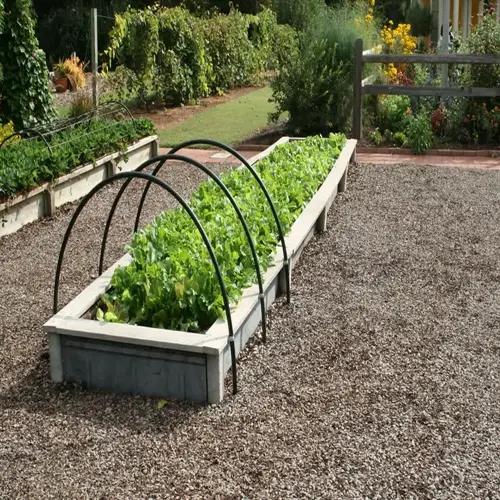What are bad companion plants for kale?

Written by
Olivia Mitchell
Reviewed by
Prof. Samuel Fitzgerald, Ph.D.Knowing which bad companion plants for kale to avoid helps prevent gardening disasters. Some plants fiercely compete for water and nutrients. Others attract insects that chew holes in the kale's surface. Some even exude chemical properties that inhibit growth. I've had kale near some tomato plants that actually stunted their growth. Proper spacing remedies these issues altogether.
Nightshades (Tomatoes/Eggplant)
- Nutrient competition: Heavy feeders deplete soil nitrogen kale needs
- Pest sharing: Attract hornworms and aphids spreading to kale
- Chemical interference: Root secretions inhibit brassica growth
- Solution: Separate by minimum 4 feet or use barrier plants
Strawberries & Related Berries
- Fungal risks: Promote powdery mildew in humid conditions
- Slug attraction: Berries lure slugs that devour kale seedlings
- Root conflict: Shallow roots compete with kale's deeper system
- Solution: Plant kale uphill from berries for drainage separation
Legumes (Beans/Peas)
- Growth inhibition: Release compounds slowing kale development
- Nitrogen fixation: Creates imbalances kale can't utilize
- Vine entanglement: Pole beans overgrow and shade kale
- Solution: Alternate legume rows with non-brassica buffers
Using smart garden design helps prevent similar pests and problems. I also integrate crop rotation each year to minimize disease pressure. I like to plant aromatic herbs, such as rosemary, as a protective perimeter. I planted marigolds between the kale and my transplants to create a natural pest barrier. Sharing "common" borders creates shared pest issues and problems. I highly recommend raised beds for a further degree of root system isolation.
Be watchful for early warning signs of bad friends. Yellowing of the lower leaves is a sign of a nutrient deficiency. Chewed edges indicate pest transference. Stunted growth suggests chemical interference. I inspect my garden twice a week. Usually, a plant move will solve the issue immediately. An ounce of prevention is worth a pound of cure, every time.
Read the full article: When to Plant Kale for Optimal Growth
